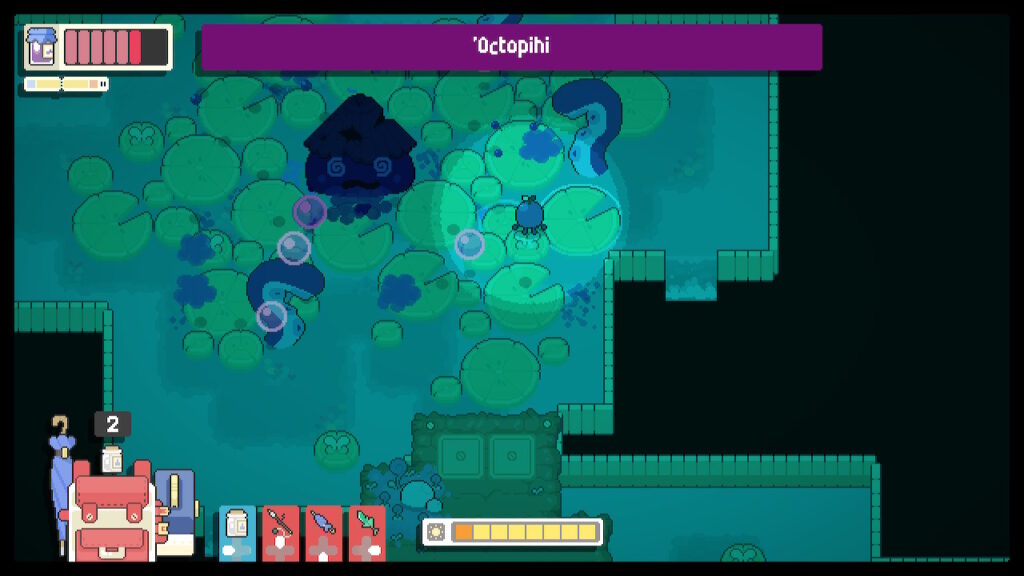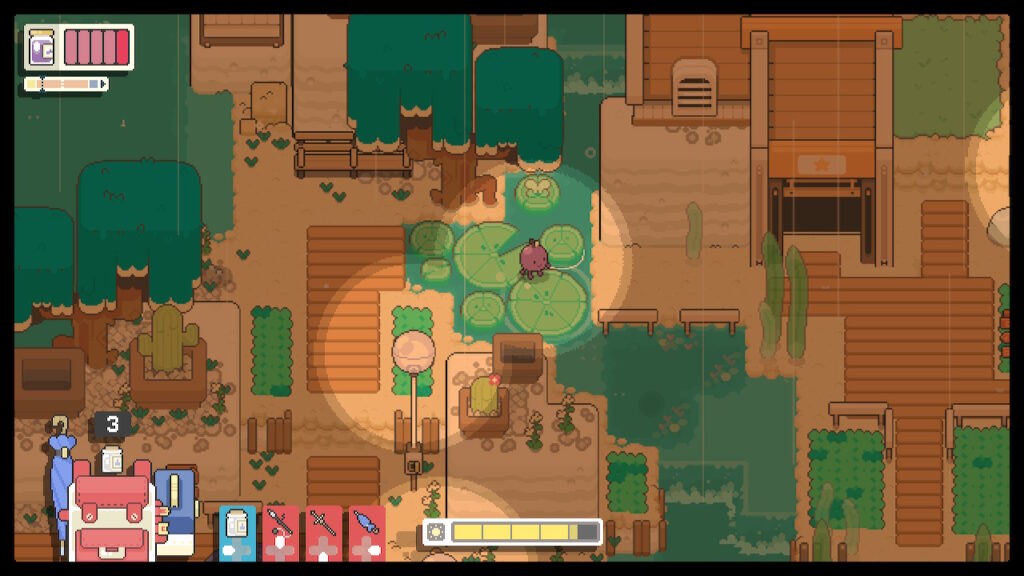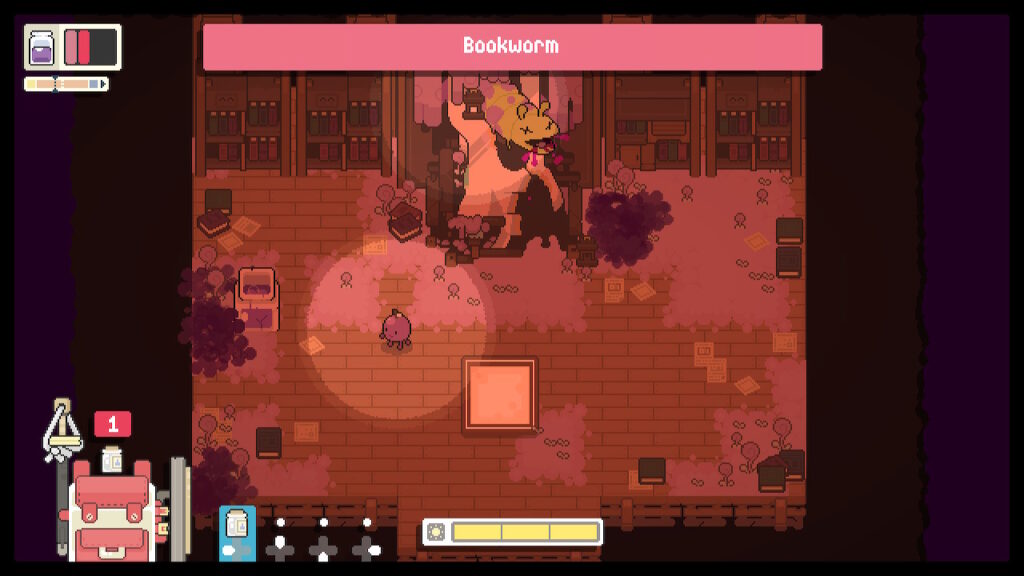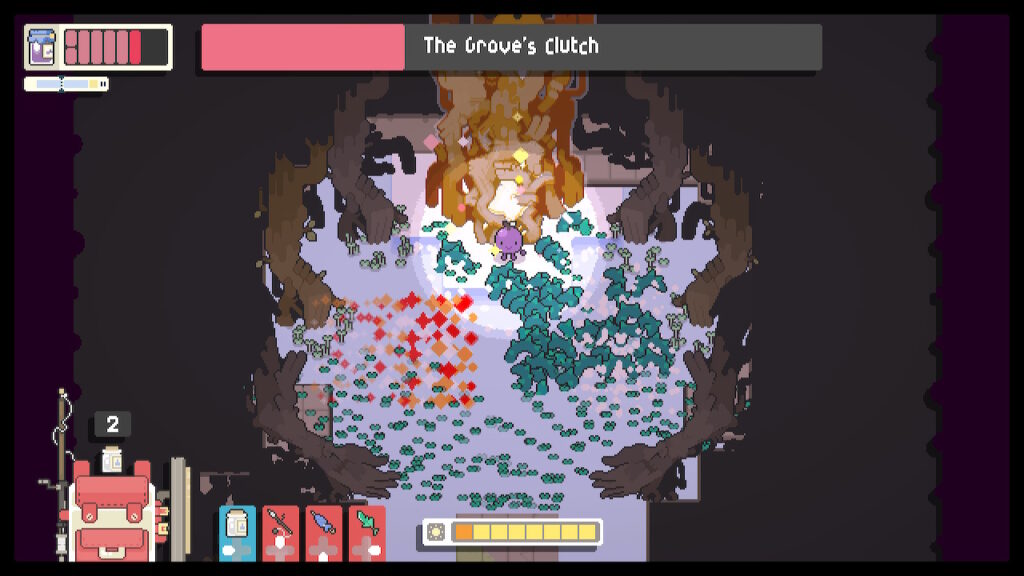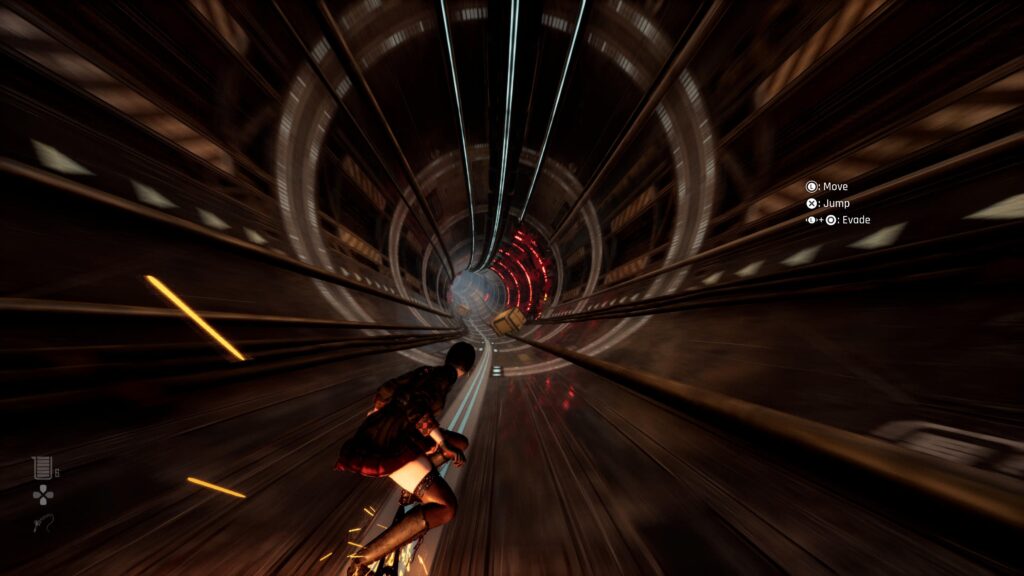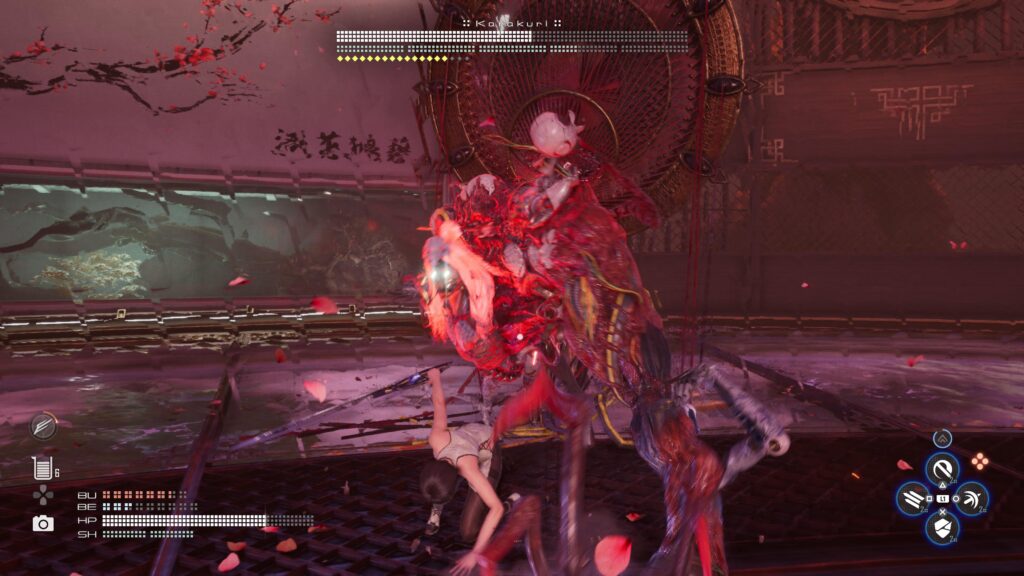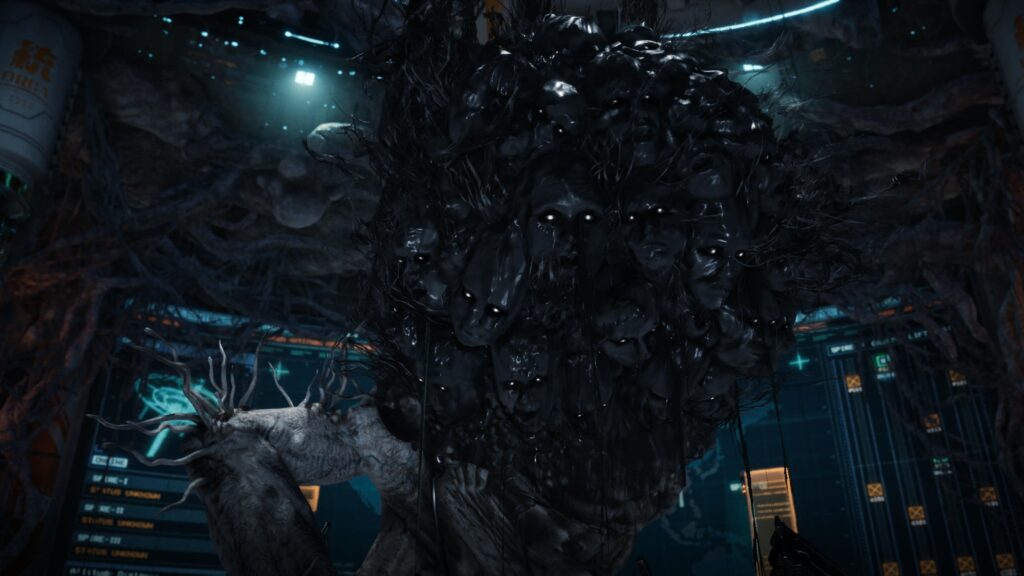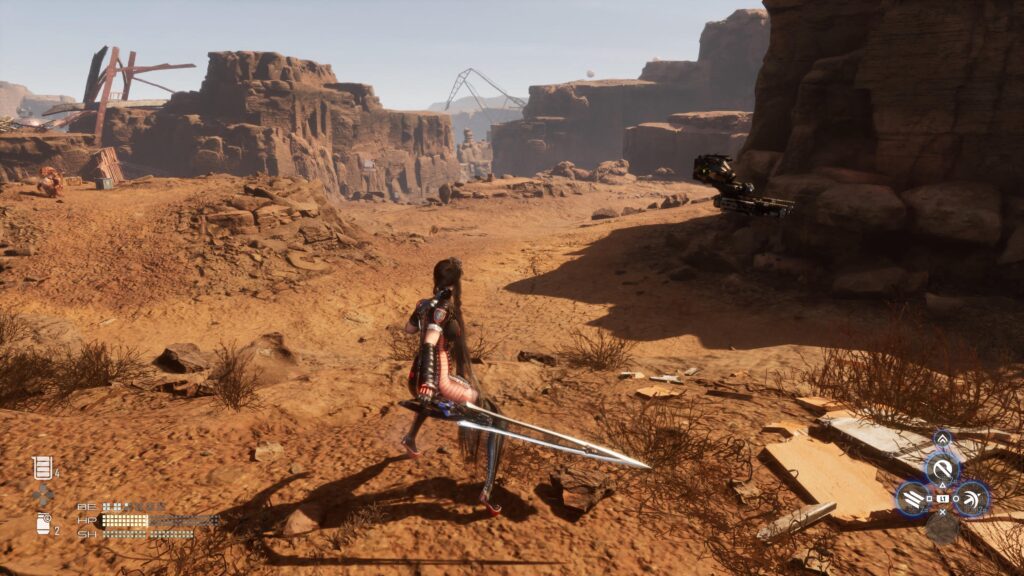- Genre: Action/Adventure
- Platform: Xbox Series
- Also Available On: Windows, PS5
If I were to really explain what this game is I’d probably describe it as a very good stealth game, but an extraordinary Indiana Jones game. Detached from the license this would still be a fun game in its own right. However, its attachment to the Indiana Jones IP seems to have steered it in such a perfect B-movie direction that it elevates it more than I would have expected.

Looking purely at gameplay, this is a winner on its own. I’ve said it before, but I am an absolute sucker for games that let me stealth the entire time, and this is absolutely one of them. The game didn’t even let me have a gun until at least 5 or 6 hours in, at which point I promptly got killed by the next guard with a gun and decided that was not the way I wanted to approach the game. That’s not to say I didn’t ever use guns, but more often than not my play was to turn them around and use them as a stealth melee weapon anyway.
The game just gives you so many good tools to allow melee/stealth to be the way to play. Visibility itself is incredibly fair, with an indicator over enemies when they see you that gives you a chance to get into hiding. It eliminates one of the core problems I have with some stealth games where things off screen or slightly in less obvious lines of sight break stealth. Areas that require stealth generally have a ton of spots to break line of sight, whether it’s direct line of sight breaking, small alcoves to hide in, or boxes to hide behind. Noise isn’t a huge factor, so you can focus on positioning. Basically, as long as you don’t sprint or use the whip you’re probably good on sound. Stealth kills are fast and efficient, and you can hide bodies (or frankly, just leave them and use them as a distraction for other guards).
This is then helped by the disguise system where each world hub has its own outfit that you can find themed to the area. In Italy, it’s a fascist uniform. In Giza, it’s themed to the occupying Nazi’s desert uniforms. In Asia it’s themed to the more jungle-friendly uniform of the occupying forces. What these inherently do is lower the danger of the entire hub and let you easily get through areas that required a ton of effort before, but not for free. You have to go into dangerous areas first to find them and are given the reward of free reign. It’s a perfect way to encourage exploration beyond the golden path.

That said, when I did screw up stealth melee combat was also simple but satisfying. Melee combat is your basic setup of weak attack, strong attack, block, and dodge. What it does have is a fairly good rhythm. You don’t generally get overloaded with enemies, so melee encounters are generally 1v1 or 2v1 at most. Enemy tells are fairly well telegraphed, giving you time to do a defensive maneuver before laying in for a few attacks. Weapons themselves are also easy to find and pickup in the environment, leading to what is usually a pretty entertaining cat and mouse game of getting in a couple attacks, seeing if I can find something stronger than my fists, blocking attacks, then reaching out and bonking someone over the head with a melee weapon. Sometimes it’s a hammer, sometimes it’s a guitar, sometimes it’s a toilet brush. Luckily even in the comedy moments, the melee weapons are still leaning towards unrealistically effective to prevent negative outcomes.
That little thing there – no negative outcomes – is hugely important to how the overall balance of the game played out. Generally speaking, stealth is totally safe and won’t pull other guards. Melee is fairly safe and only pulls guards nearby. Gun fire will pull guards from everywhere. It basically lets you play the game how you want and at what level of danger you want. Stealth is slow, but if you like that type of game it totally works well here. Melee is a bit quicker overall but adds some danger but is totally safe if you’re good at dodging. Gunfire is by far the quickest option but adds a lot of inherent danger to the experience. Generally I would expect that a game wouldn’t be able to do a great job of balancing such disparate gameplay styles but my experience was that they all worked fairly well as needed.

The game does like to remind you that it’s an Indiana Jones game though, and it does it very often. Obviously you have Indy’s whip, and it’s effective here. It can be used as a hookshot for swinging over things. It can be used as a rope to climb up walls when you’re diving through a tomb. It can be used as a weapon to stun enemies. It’s all the things that you would expect in terms of gameplay mechanics to come from such an icon of the series.
However, it’s also the comedy and sci-fi bits that you see scattered around. It’s the twang of a guitar as you whack it over someone’s head or picking up a toilet brush because it’s the only stealth weapon available. It’s enemies setting off traps to their own detriment, leaving Indy safe and healthy. It’s the absolute over the top acting of the Nazi side of the story straight out of Raiders. It’s the fact that the story has teleportation across the world as a core story beat that reminds you that this isn’t grounded in reality. It’s the fact that there’s a pre-Christian race of giants that somehow has its hands in every ancient civilization known to man.
It’s the sum of all these things that truly makes this a great Indy game. It’s not just going full circle and doing a first-person Tomb Raider. It’s Indiana Jones through and through.

The sum of all this is that a great game is already there that is then elevated by it taking the Indiana Jones IP seriously and using it to its advantage. Put this under any IP and it scratches my stealth itch but the way they integrated the things you expect out of Indy brings it to an easy recommendation for me.


